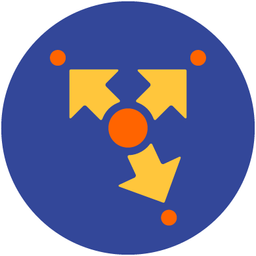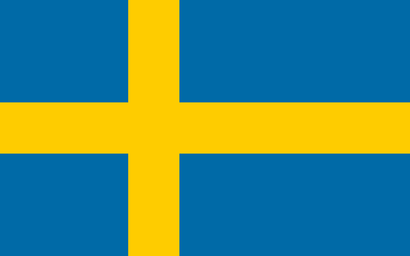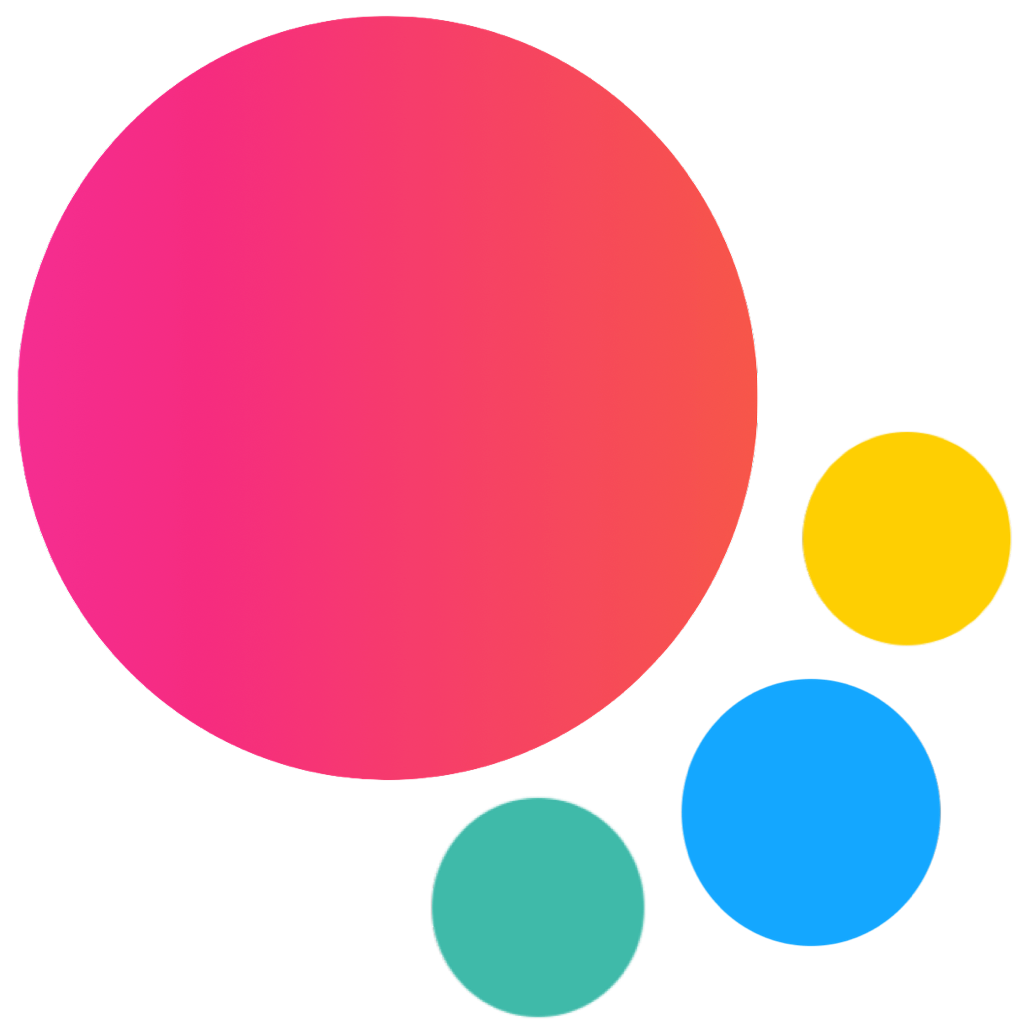Pie Chart
Framework7 comes with simple Pie Chart component. It produces nice looking fully responsive SVG charts.
Pie Chart Layout
Because Pie Chart SVG is generated by JavaScript its HTML layout is as simple as possible:
<!-- Pie chart element -->
<div class="pie-chart"></div>Pie Chart App Methods
Now we need to create/initialize the Pie Chart. Let's look at related App methods to work with it:
app.pieChart.create(parameters)- create Pie Chart instance
- parameters - object. Object with Pie Chart parameters
Method returns created Pie Chart's instance
app.pieChart.destroy(el)- destroy Pie Chart instance
- el - HTMLElement or string (with CSS Selector) or object. Pie Chart element or Pie Chart instance to destroy.
app.pieChart.get(el)- get Pie Chart instance by HTML element
- el - HTMLElement or string (with CSS Selector). Pie Chart element.
Method returns Pie Chart's instance
app.pieChart.update(parameters)- update/rerender Pie Chart SVG according to passed parameters
- parameters - object. Object with Pie Chart parameters
Method returns Pie Chart's instance
Pie Chart Parameters
Now let's look at list of available parameters we need to create Pie Chart:
| Parameter | Type | Default | Description |
|---|---|---|---|
| el | HTMLElement string | Pie Chart element. HTMLElement or string with CSS selector of Pie Chart element. Generated SVG will be inserted into this element | |
| datasets | array | [] | Chart data sets. Each object in datasets array has the following properties: |
| size | number | 320 | Generated SVG image size (in px) |
| tooltip | boolean | false | Enables tooltip on hover |
| datasets | array | [] | Chart data sets. Each object in datasets array has the following properties: |
| formatTooltip | function(data) | Custom render function that must return tooltip's HTML content. Received data object has the following properties: | |
| on | object | Object with events handlers. For example: |
Pie Chart Methods & Properties
So to create Pie Chart we have to call:
var pieChart = app.pieChart.create({ /* parameters */ })After that we have its initialized instance (like pieChart variable in example above) with useful methods and properties:
| Properties | |
|---|---|
| pieChart.app | Link to global app instance |
| pieChart.el | Pie Chart HTML element |
| pieChart.$el | Dom7 instance with Pie Chart HTML element |
| pieChart.svgEl | Pie Chart generated SVG HTML element |
| pieChart.$svgEl | Dom7 instance with generated SVG HTML element |
| pieChart.params | Pie Chart parameters |
| Methods | |
| pieChart.update(parameters) | Update/rerender Pie Chart SVG element according to passed parameters. It accepts object with same parameters required for Pie Chart initialization. You can pass only parameters that needs to be updated, e.g. |
| pieChart.destroy() | Destroys Pie Chart instance |
| pieChart.on(event, handler) | Add event handler |
| pieChart.once(event, handler) | Add event handler that will be removed after it was fired |
| pieChart.off(event, handler) | Remove event handler |
| pieChart.off(event) | Remove all handlers for specified event |
| pieChart.emit(event, ...args) | Fire event on instance |
Pie Chart Events
Pie Chart will fire the following DOM events on Pie Chart element and events on app and Pie Chart instance:
DOM Events
| Event | Target | Description |
|---|---|---|
| piechart:select | Pie Chart Element<div class="pie-chart"> | Event will be triggered (when tooltip enabled) on chart hover |
| piechart:beforedestroy | Pie Chart Element<div class="pie-chart"> | Event will be triggered right before Pie Chart instance will be destroyed |
App and Pie Chart Instance Events
Pie Chart instance emits events on both self instance and app instance. App instance events has same names prefixed with pieChart.
| Event | Arguments | Target | Description |
|---|---|---|---|
| select | (pieChart, index, dataset) | pieChart | Event will be triggered (when tooltip enabled) on chart hover |
| pieChartSelect | (pieChart, index, dataset) | app | |
| beforeDestroy | (pieChart) | pieChart | Event will be triggered right before Pie Chart instance will be destroyed. As an argument event handler receives Pie Chart instance |
| pieChartBeforeDestroy | (pieChart) | app |
Examples
<template>
<div class="page">
<div class="navbar">
<div class="navbar-bg"></div>
<div class="navbar-inner">
<div class="title">Pie Chart</div>
</div>
</div>
<div class="page-content">
<div class="block block-strong-ios block-outline-ios">
<p>Framework7 comes with simple to use and fully responsive Pie Chart component.</p>
<p>Pie Chart generates SVG layout which makes it also compatible with SSR (server side rendering).</p>
</div>
<div class="block-title">Simple Pie Chart</div>
<div class="block block-strong-ios block-outline-ios">
<div class="pie-chart pie-chart-1"></div>
</div>
<div class="block-title">With Tooltip</div>
<div class="block block-strong-ios block-outline-ios">
<div class="pie-chart pie-chart-2"></div>
</div>
<div class="block-title">Custom Format Tooltip</div>
<div class="block block-strong-ios block-outline-ios">
<div class="pie-chart pie-chart-3"></div>
</div>
</div>
</div>
</template>
<script>
export default (props, { $f7, $onMounted, $onBeforeUnmount }) => {
let pieSimple;
let pieTooltip;
let pieCustomTooltip;
$onMounted(() => {
pieSimple = $f7.pieChart.create({
el: '.pie-chart-1',
datasets: [
{
value: 100,
color: '#f00',
},
{
value: 200,
color: '#0f0',
},
{
value: 300,
color: '#00f',
},
]
});
pieTooltip = $f7.pieChart.create({
el: '.pie-chart-2',
tooltip: true,
datasets: [
{
label: 'JavaScript',
value: 150,
color: '#ff0',
},
{
label: 'Vue.js',
value: 150,
color: '#0f0',
},
{
label: 'TypeScript',
value: 400,
color: '#00f',
},
]
})
pieCustomTooltip = $f7.pieChart.create({
el: '.pie-chart-3',
tooltip: true,
datasets: [
{
label: 'JavaScript',
value: 1000,
color: '#ff0',
},
{
label: 'Vue.js',
value: 100,
color: '#0f0',
},
{
label: 'TypeScript',
value: 200,
color: '#00f',
},
],
formatTooltip(data) {
const { value, label, color } = data;
return `You have <span style="color: ${color}">${value} points</span> for ${label}`;
}
})
})
$onBeforeUnmount(() => {
pieSimple.destroy();
pieTooltip.destroy();
pieCustomTooltip.destroy();
})
return $render;
}
</script>





